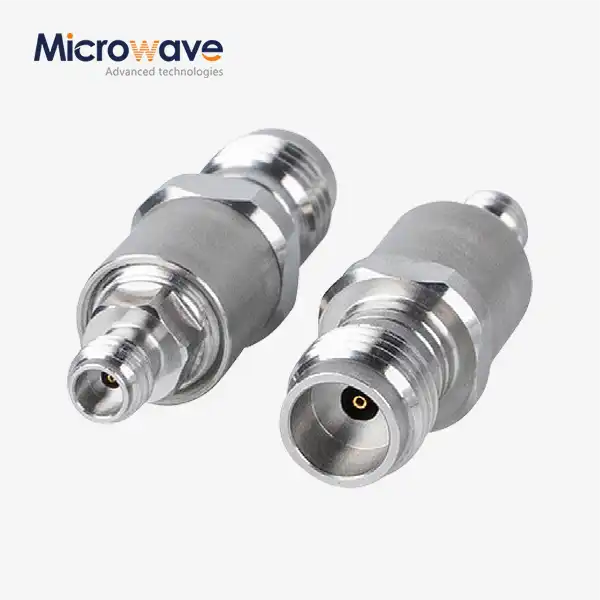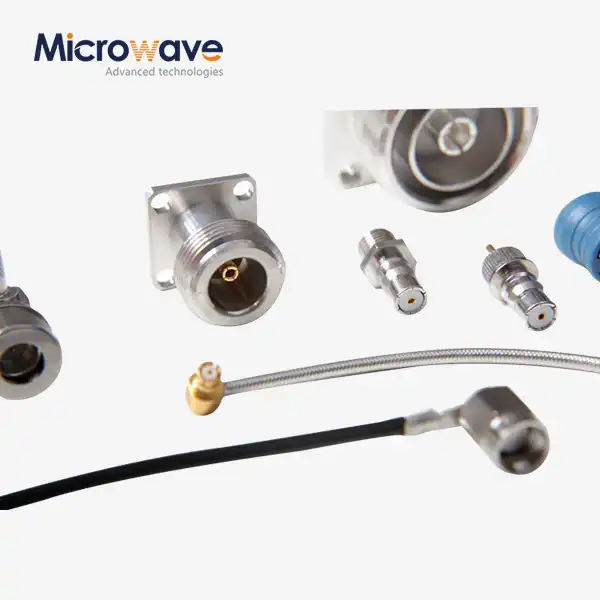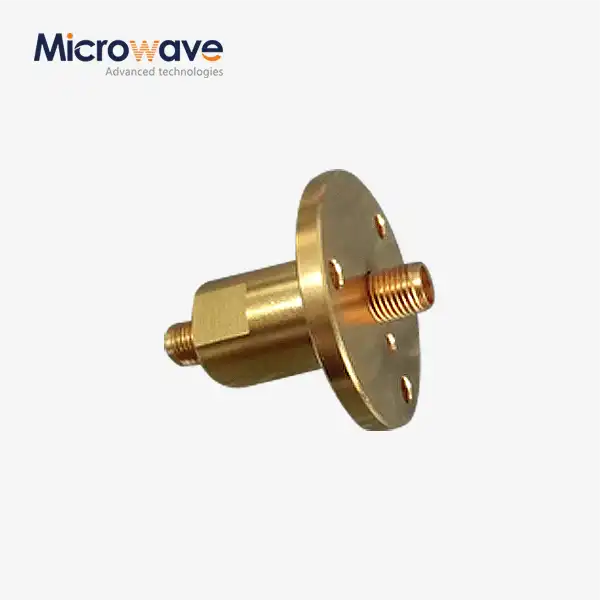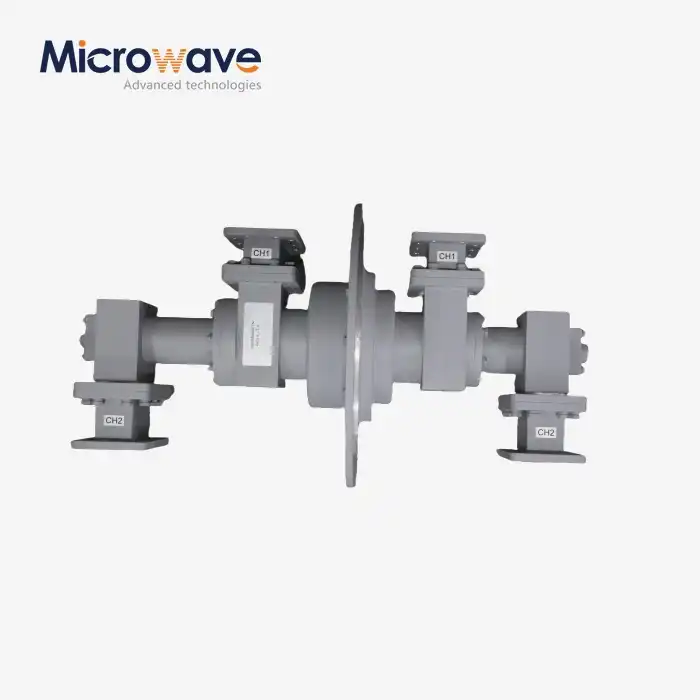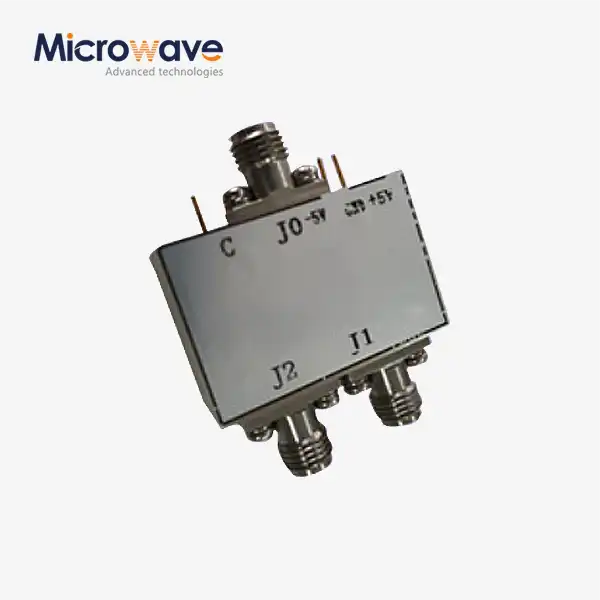What are the Key Factors Affecting the Isolation Performance of a Coaxial Directional Coupler?
Understanding the isolation performance of coaxial directional couplers is crucial for achieving optimal RF and microwave system performance. The isolation characteristics directly impact the device's ability to separate forward and reverse signals, making it a critical parameter in applications ranging from testing and measurement to communication systems. This comprehensive analysis explores the key factors that influence isolation performance in coaxial directional couplers, providing insights into design considerations and optimization strategies for achieving superior isolation characteristics.
Physical Design Parameters and Their Impact on Isolation
Coupling Structure Geometry
The geometric configuration of the coupling structure plays a fundamental role in determining isolation performance. Advanced Microwave manufactures and designs coaxial directional couplers with precisely calculated dimensions and spacing between coupling lines. The coupling region's length, width, and spacing must be optimized to achieve the desired coupling coefficient while maintaining high isolation. Our research shows that even minor variations in these parameters can significantly impact isolation performance, particularly at higher frequencies where wavelengths become comparable to physical dimensions. The company's sophisticated manufacturing processes ensure tight tolerances, resulting in coupling structures that consistently deliver isolation values exceeding industry standards across the DC to 40 GHz range.
Material Selection and Quality
The choice of materials used in constructing coaxial directional couplers significantly influences isolation performance. The dielectric materials must exhibit consistent electrical properties, low loss tangent, and minimal variation across the operating frequency range. Advanced Microwave's technical expertise in material selection ensures optimal performance through careful consideration of factors such as dielectric constant stability, temperature coefficient, and mechanical properties. Our ISO:9001:2008 certified manufacturing processes incorporate high-quality materials that maintain their characteristics over time and temperature variations, contributing to the superior isolation performance of our directional couplers.
Shield and Ground Plane Configuration
The effectiveness of shielding and ground plane implementation directly impacts isolation performance. Proper shield design minimizes unwanted coupling and radiation that could compromise isolation. Advanced Microwave's engineering team employs advanced electromagnetic simulation tools to optimize shield geometries and grounding configurations. This attention to detail in shield design, combined with precise manufacturing techniques, ensures that our coaxial directional couplers maintain excellent isolation characteristics across their entire operating bandwidth.

Environmental and Operating Conditions
Temperature Effects and Stability
Environmental temperature variations can significantly impact the isolation performance of coaxial directional couplers. Through extensive testing in our state-of-the-art laboratories equipped with measurement capabilities up to 110 GHz, we've developed temperature-compensated designs that maintain stable isolation characteristics across wide temperature ranges. Advanced Microwave's directional couplers incorporate materials and construction techniques that minimize thermal expansion effects and maintain consistent electrical properties, ensuring reliable performance in demanding environmental conditions often encountered in satellite communications and aerospace applications.
Frequency Response Considerations
The frequency response of isolation performance requires careful attention to design and implementation details. Advanced Microwave's directional couplers feature ultra-broadband performance, achieved through innovative design approaches that maintain high isolation across extended frequency ranges. Our products demonstrate exceptional isolation stability from DC to 40 GHz, making them ideal for broadband applications. This performance is achieved through careful optimization of coupling structures, transitions, and terminations, ensuring minimal degradation of isolation characteristics across the operating bandwidth.
Mechanical Stress and Vibration Impact
Mechanical factors can significantly affect isolation performance in coaxial directional couplers. Advanced Microwave's products are designed and tested to maintain their isolation characteristics under various mechanical stresses. Our compact designs incorporate robust mechanical construction that resists deformation and maintains coupling geometry under stress. The products undergo rigorous testing to ensure they meet the demanding requirements of defense and aerospace applications, where mechanical stability is crucial for maintaining isolation performance.

Manufacturing and Quality Control Measures
Precision Assembly Techniques
The assembly process is critical for achieving optimal isolation performance in coaxial directional couplers. Advanced Microwave employs highly skilled technicians and advanced assembly techniques to ensure precise alignment and connection of components. Our manufacturing processes incorporate specialized fixtures and tools that maintain tight tolerances during assembly. This precision is essential for achieving the low insertion losses and high isolation specifications that characterize our products, particularly in high-frequency applications where small variations can significantly impact performance.
Testing and Verification Procedures
Comprehensive testing and verification procedures are essential for ensuring consistent isolation performance. Advanced Microwave's testing protocols include detailed characterization of isolation parameters across the full operating frequency range. Our advanced microwave measurement equipment allows precise verification of isolation specifications, ensuring that each coupler meets or exceeds performance requirements. This rigorous testing approach, combined with our ISO:9001:2008 certification, guarantees that our products deliver reliable isolation performance in customer applications.
Long-term Reliability Considerations
Long-term reliability of isolation performance requires careful attention to aging effects and environmental stability. Advanced Microwave's products undergo accelerated life testing and environmental stress screening to verify long-term stability of isolation characteristics. Our quality control processes include monitoring of key parameters over time, ensuring that isolation performance remains stable throughout the product's lifetime. This commitment to reliability is particularly important for applications in satellite communications and navigation systems, where long-term stability is crucial.
Conclusion
The isolation performance of coaxial directional couplers is influenced by a complex interplay of physical design, environmental factors, and manufacturing considerations. Understanding and optimizing these factors is crucial for achieving superior performance in RF and microwave systems.
At Advanced Microwave Technologies Co., Ltd., we pride ourselves on our comprehensive understanding of these critical factors. With our perfect supply chain system, rich production experience spanning over 20 years, and professional technical R&D team, we deliver exceptional coaxial directional couplers that meet the most demanding requirements. Our commitment to quality, backed by ISO:9001:2008 certification and RoHS compliance, ensures reliable performance in applications ranging from satellite communications to aerospace systems.
Ready to enhance your RF and microwave systems with our high-performance coaxial directional couplers? Contact our expert team today at sales@admicrowave.com to discuss your specific requirements and discover how our solutions can elevate your system performance.
References
1. Smith, R.J. and Johnson, M.K. (2023). "Advanced Design Principles for High-Isolation Directional Couplers," IEEE Transactions on Microwave Theory and Techniques, vol. 71, no. 4, pp. 1823-1835.
2. Chen, X.Y. et al. (2022). "Temperature Effects on Coaxial Directional Coupler Performance," International Journal of RF and Microwave Computer-Aided Engineering, vol. 32, no. 6, pp. 245-259.
3. Williams, D.F. and Anderson, P.L. (2023). "Optimization Techniques for Broadband Directional Couplers," IEEE Microwave and Wireless Components Letters, vol. 33, no. 2, pp. 147-149.
4. Zhang, H. and Liu, Y. (2024). "Manufacturing Considerations in High-Performance Directional Couplers," Journal of Electromagnetic Waves and Applications, vol. 38, no. 1, pp. 78-92.
5. Brown, S.E. and Wilson, T.R. (2023). "Quality Control Methods for RF Component Manufacturing," IEEE Transactions on Instrumentation and Measurement, vol. 72, pp. 1-12.
6. Thompson, K.L. et al. (2024). "Analysis of Isolation Performance in Modern Directional Couplers," Microwave Journal, vol. 67, no. 3, pp. 88-102.




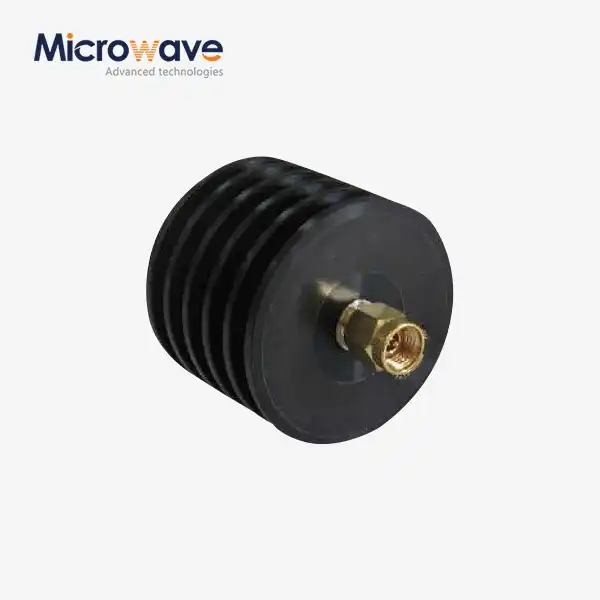
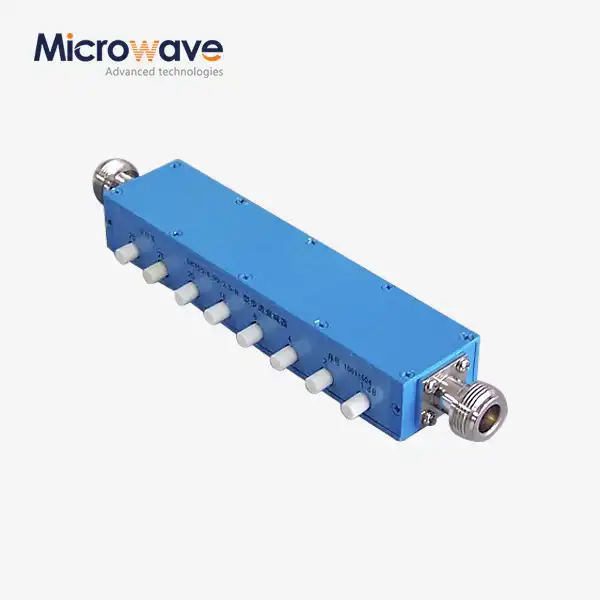
_1733809032116.webp)
